Sadly...no@dockattner
Do you know it now?
 . The more I learn the more I realize the enormity of what I don't know. But my lack of knowledge does nothing to diminish my enthusiasm
. The more I learn the more I realize the enormity of what I don't know. But my lack of knowledge does nothing to diminish my enthusiasm  .
. |
As a way to introduce our brass coins to the community, we will raffle off a free coin during the month of August. Follow link ABOVE for instructions for entering. |
 |
 |
The beloved Ships in Scale Magazine is back and charting a new course for 2026! Discover new skills, new techniques, and new inspirations in every issue. NOTE THAT OUR FIRST ISSUE WILL BE JAN/FEB 2026 |
 |
Sadly...no@dockattner
Do you know it now?
 . The more I learn the more I realize the enormity of what I don't know. But my lack of knowledge does nothing to diminish my enthusiasm
. The more I learn the more I realize the enormity of what I don't know. But my lack of knowledge does nothing to diminish my enthusiasm  .
.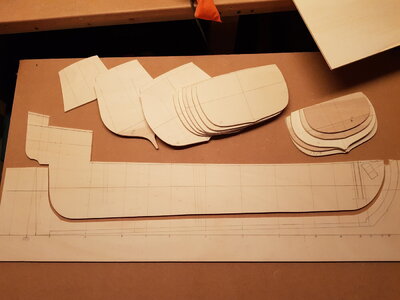
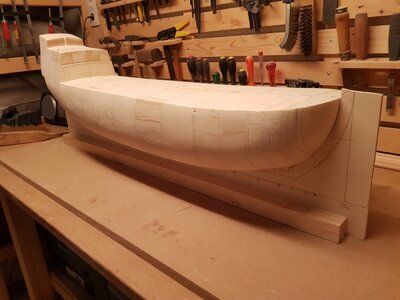
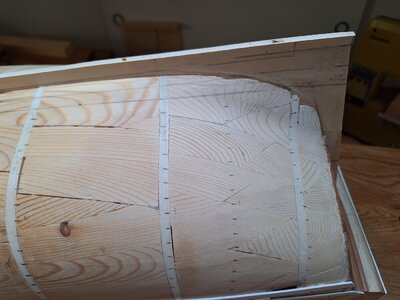
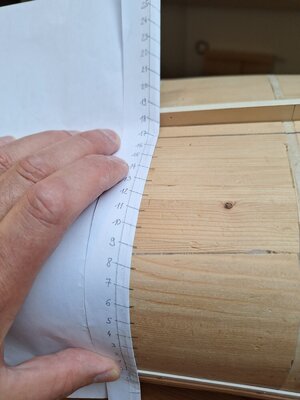
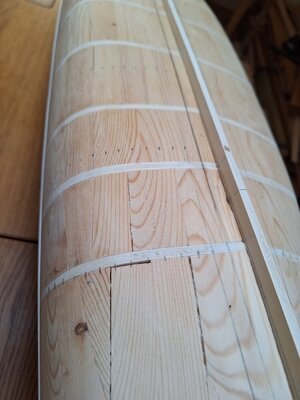
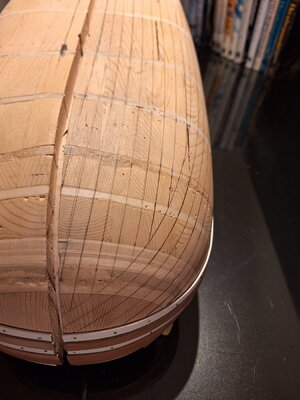
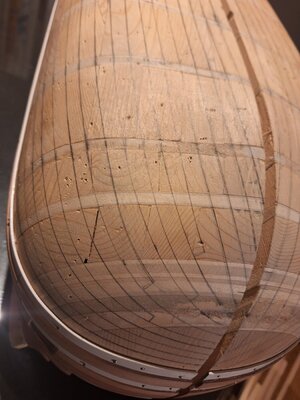
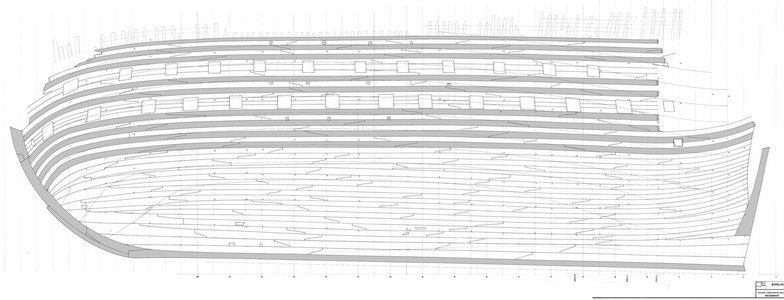
Hi Herman. Option 2 looks indeed very nice. How will you make the inbetween joint by that option? I mean in the length of the strokes.So there it is. I'm still contemplating which method I will be using:
1) the "Shipyard-method" :
View attachment 398898
2) the "Dutch-method" (I must say, more pleasing to the eye) :
View attachment 398899
3) or even erase all the lines and go freestyling with let's call it the contemporary "Vasa-method" (it might have been the wisest method at the time to economically use the wood available, but by no means easy to execute)
View attachment 398906
The individual planks will be joined by scarf joints regardless of which planking pattern I ultimataly choose.Hi Herman. Option 2 looks indeed very nice. How will you make the inbetween joint by that option?
Regards, Peter
Thank you for sharing your opinion. So I will mark that as method 3 for you Bela.Mondfeld's "Dutch" method does not convince me at all, especially since it is presented using an example that in no way fits the era discussed here.
Bela
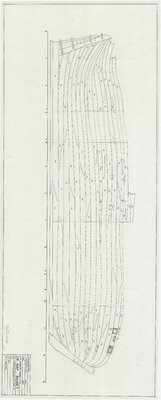
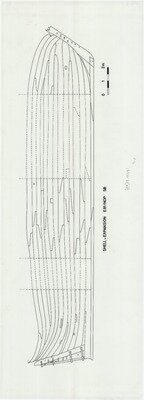

So using both would be a possibility, with a story behind it; two possible ways of applying strakes, both feasible, also in the historical context of the 7 Provinciën? The idea intrigues me.I agree with @Maarten here. The shipyard version 1 will be the most efficiënt and more suitable with the shape of the bow.
I'll be honest, version 2 is more pleasing to the eye and perhaps the most beautiful choice.

Hi Herman,
I have attached a planking expansion taken from the actual ship (Vasa). FYI: the other side is completely different. I understand you will add more 'structure' to the planking pattern but I at least wanted to share what I have.
View attachment 398659

Sorry Herman, I sent the only information I have.Do you also have the planking expansion for the other side of the Vasa?

